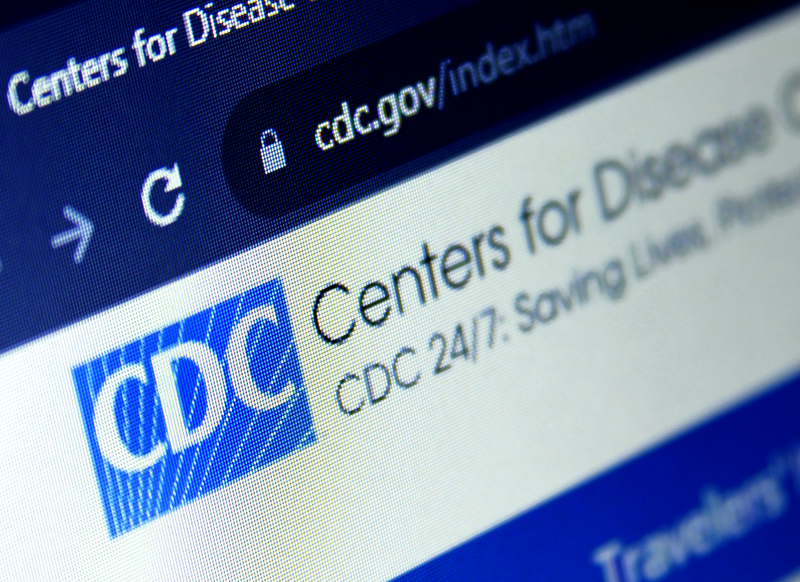- By Victor Mejia

In a major step forward for accessible brain health, the FDA has just cleared the first-ever blood test to help diagnose Alzheimer’s disease—and it could be a game changer for millions of Americans.
The new test, known as the Lumipulse G pTau217/ß-Amyloid 1-42 Plasma Ratio, provides a less invasive and more affordable alternative to PET scans and spinal taps. It works by analyzing two proteins in the blood that signal the presence of amyloid plaques in the brain—a key indicator of Alzheimer’s.
Until now, confirming Alzheimer’s often meant high-cost imaging or an uncomfortable spinal tap. With this new blood test, early detection could become much more accessible—especially for underserved communities that face barriers to specialty care.
Why is this a big deal? Because early diagnosis is critical. Alzheimer’s affects nearly 7 million Americans today—and that number is expected to nearly double by 2050. With this new test, we can better identify symptoms sooner and help people get the care and support they need earlier in the disease.
To learn more about how this breakthrough works and what it means for you and your loved ones, read the full story from the FDA here.
The National Minority Quality Forum has developed culturally tailored patient empowerment guides to educate and help patients confidently take control of their Alzheimer’s journey. Learn more.
Trending Topics
Features
- Drive Toolkit
Download and distribute powerful vaccination QI resources for your community.
- Health Champions
Sign up now to support health equity and sustainable health outcomes in your community.
- Cancer Early Detection
MCED tests use a simple blood draw to screen for many kinds of cancer at once.
- PR
FYHN is a bridge connecting health information providers to BIPOC communities in a trusted environment.
- Medicare
Discover an honest look at our Medicare system.
- Alliance for Representative Clinical Trials
ARC was launched to create a network of community clinicians to diversify and bring clinical trials to communities of color and other communities that have been underrepresented.
- Reducing Patient Risk
The single most important purpose of our healthcare system is to reduce patient risk for an acute event.
- Subash Kafle
- Victor Mejia



















